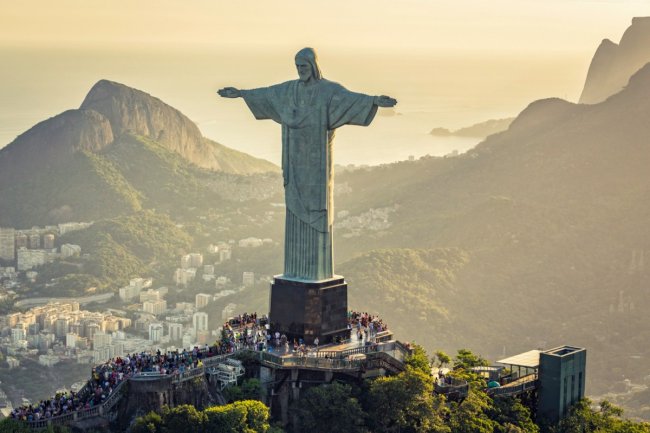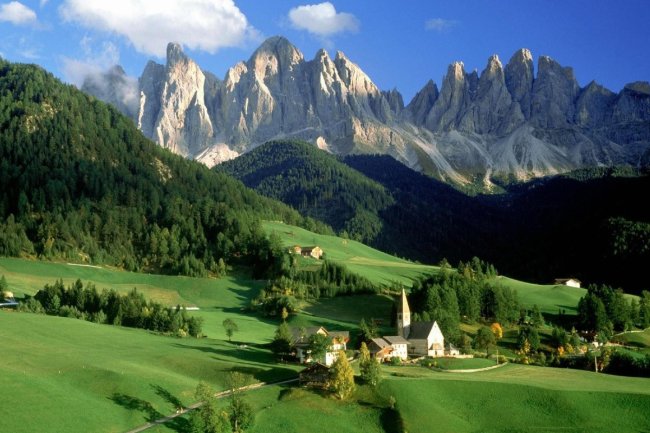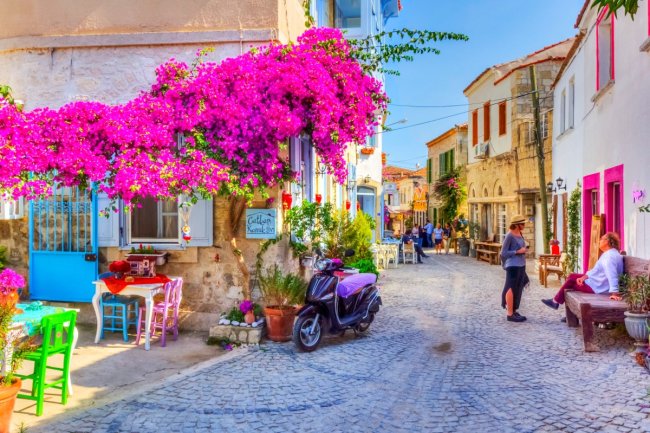Why is South Korea so cool?
An unusual guide to an authentic Asian country

With a helping hand of media around the world, many mistakenly think that the country is called South Korea, although such a state does not exist at all. The correct name is the Republic of Korea, although in contrast to its northern neighbor, such a name is self-evident. We will not mislead you, so we will continue to call this country as everyone is used to, and also tell you why you need to visit South Korea in the near future. Let's go!
Not just dramas and Samsung
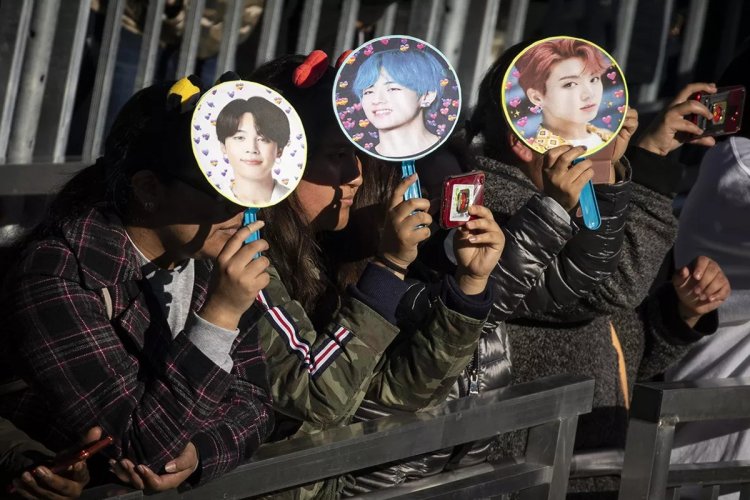
South Korea is an amazing country. There are huge megacities, and the most advanced technologies, and delicious unusual food, and healing mineral springs, as well as clean sandy beaches and ski resorts, stunning monuments of ancient dynasties and their own authentic culture, which the Koreans themselves value and carry through the centuries, carefully transforming it in accordance with modern trends.
Despite its relatively modest territory - only 100 thousand square kilometers, South Korea can boast of diverse landscapes and natural resources.
Korea: tourism
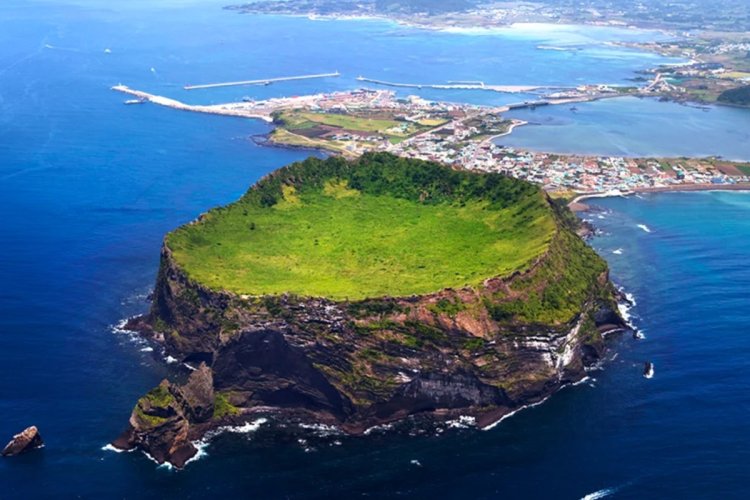
We recommend that you start your acquaintance with the country from the south - fly to Seoul, wander around the city and catch the vibe of a multi-million metropolis, then drive to Jeju Island with its amazing natural beauties and the highest mountain peak Hallasan, from there go to the main port and the second largest city of Busan , famous for its beaches and Buddhist temples, and from there you can get by train or car to Gyeongju, the capital of the ancient Korean state of Silla, where many cultural monuments and monasteries of the thousand-year dynasty have been preserved.
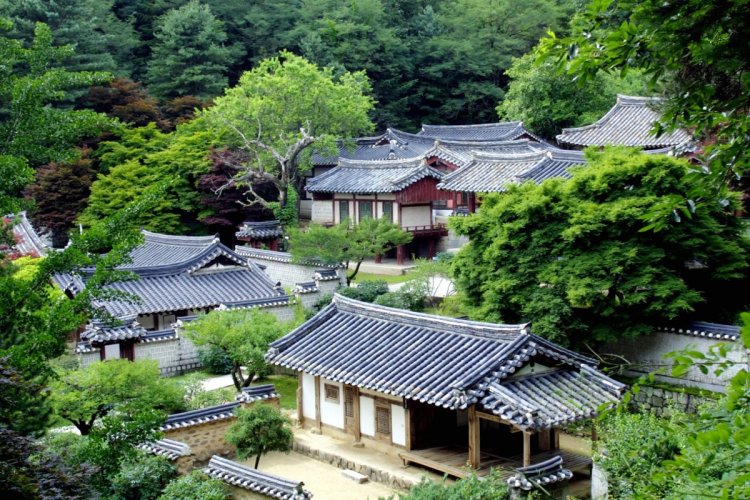
If you still don’t have enough impressions at this moment, then go to the village of Hahoe, founded in the 16th century and located near the city of Andong, whose temple complex Pongjeongsa is recognized as the oldest wooden structure in South Korea. We advise you to dilute the rich cultural program with the unreal beauties of the Seoraksan National Park, along the territory of which there are tourist routes passing through rocks, rivers and waterfalls. Near the park is Sokcho, the closest city to the demilitarized zone separating the South and North Korea.
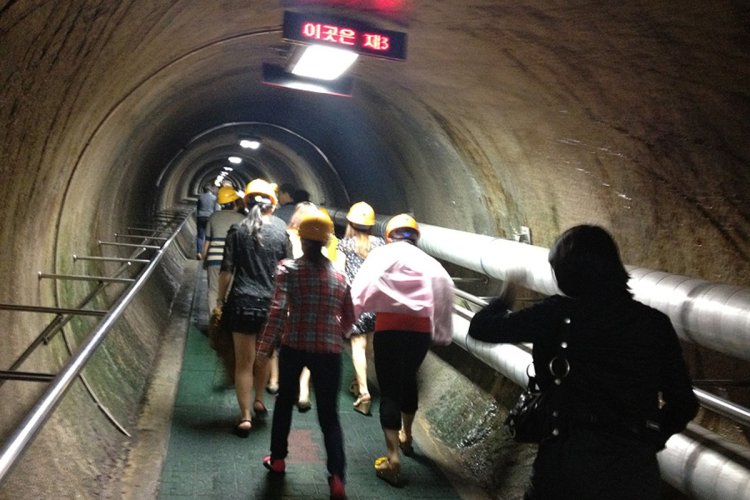
After that you need to discharge from the resulting stress in the cute town of Gapyeong, where there are many flowering plants and trees, as well as the Petite France theme park. Finally, return to Seoul - you can choose to visit Lotte World or Everland amusement parks, or just take a walk around the South Korean capital.
Korea: cuisine
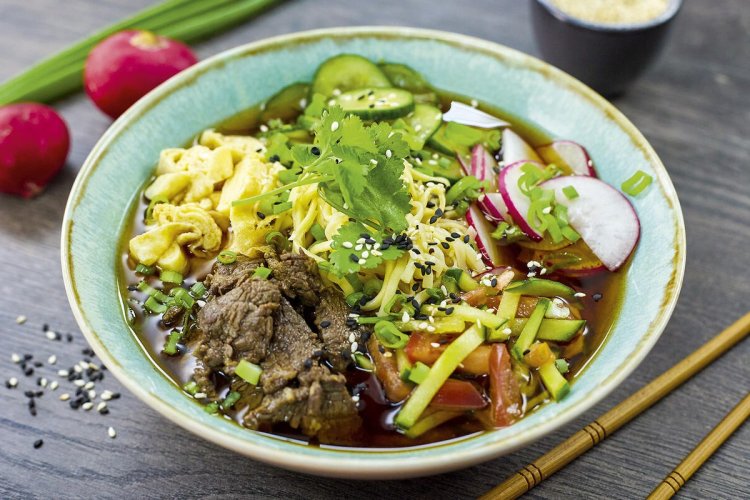
Even 20 years ago, none of the Europeans had heard of Korean cuisine, as then the world was absorbed in eating Japanese sushi, rolls and ramen. Over the years, the combination of fish and rice has become a little boring for us and we wanted something new - along with the craze for Vietnamese Pho soups, we tasted Korean dishes and now we actively praise them and cannot stop.
Reliable evidence that the Korean Peninsula had its own gastronomic traditions can be found in ancient Japanese and Chinese sources. And although there are similarities in the local cuisine with the cuisines of other countries in the region, Korean cuisine is still characterized by its own specifics.
Firstly, Koreans use only fresh food - overcooked food does not allow to make dishes of the required quality. Secondly, Korean cuisine is one of the most spicy in the world, as a huge amount of spices are added to food in large and often random proportions. And thirdly, Koreans never mix cold and hot ingredients, everything must be at the same temperature so that the taste of the dishes does not deteriorate.
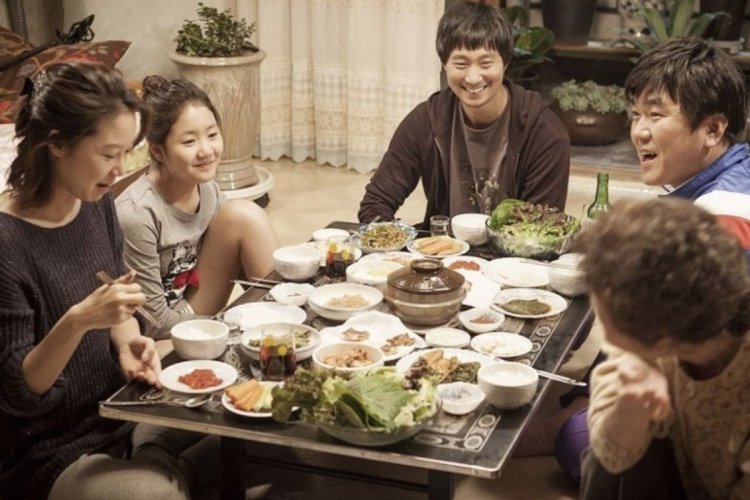
Of course, the main gastronomic experience can be obtained in the capital - Seoul, where, in fact, street food was born. Be sure to visit the Gwangjang market, where both locals and tourists eat, and there is a noisy and authentic atmosphere around.
In Seoul, you should try a variety of Korean dishes, such as kimchi - sauerkraut, sundupu jigae - Korean-style stew, seollongtan - beef soup, topokki - rice bread, takjuk - rice and chicken dish, yangneom tundak - chicken dish, japchae - noodles with vegetables. In addition, for dessert, you can try Korean pies - hotok (hoeddeok).
Korea: cosmetics

Korean cosmetics became popular not by chance, but by strict economic logic. In the 1980s, with the advent of the Democratic Party, South Korea experienced an economic boom, and since the country had few natural resources, all investments were directed to technology. The electronics and beauty industries have especially grown, with many companies working in both markets.
As an example, LG is one of the world's consortia that produces not only televisions and household appliances, but also more than ten brands of cosmetics, such as Beyond, Belif and The History of Whoo. The Korean government provides support to these companies in the form of investments, consultations, assistance in distribution and export of goods to Europe and the United States.
A real revolution has taken place in cosmetology thanks to South Korea, where the most advanced and high-tech products are now produced, unlike traditional European manufacturers.

In addition to cosmetology, South Korea is also famous for plastic surgery. Every year plastic surgery medical centers attract thousands of patients, and every year the clinics receive authoritative national and international awards. It is also interesting that Korean men use the services of plastic surgeons no less than women - and the global boom in male K-pop confirms this.
Korea: technologies
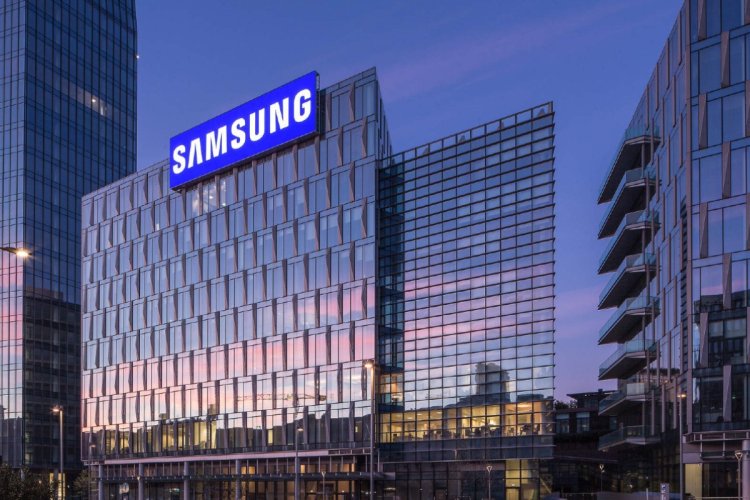
Samsung, Hyundai, LG, Kia are just a few of the Korean tech giants with global presence, being leaders in many industries. In 2022, South Korea ranked 8th in terms of digital competitiveness, as well as the absolute leader in adaptability to new technologies - 95% of Koreans use smartphones. What is the secret of such growth and economic recovery?
The period when South Korea's economy experienced incredible growth and development has been called the "miracle on the Han River." This has become possible by the reforms launched by President Park Chung-hee in 1962, when the government launched the first five-year development plan. In 30 years, South Korea's economy has grown significantly and its structure has changed radically. For example, the country is a leader in investing in R&D, ahead of the United States and Japan. Since the 1960s, the state has actively sponsored and supported Korean companies in every possible way, which today are the most expensive in the world. And despite the fact that many conglomerates no longer need support, the government continues to sponsor and provide tax preferences, thereby encouraging companies to develop innovative technologies.
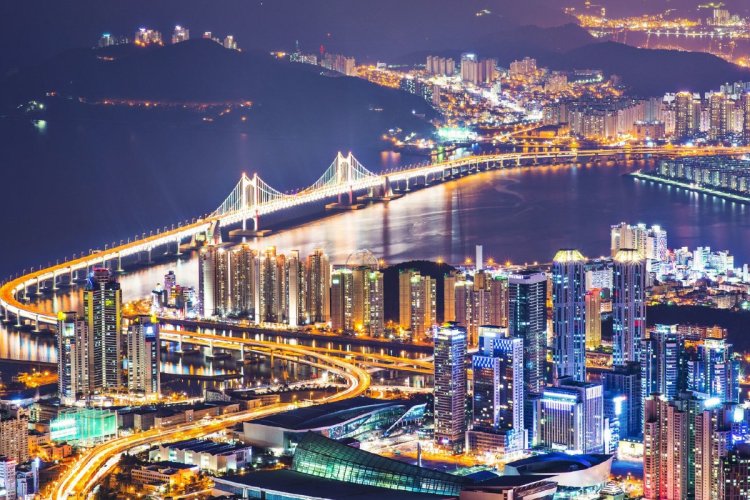
Come to South Korea, explore, enjoy and admire this unique country! Smart cities, smart hospitals, unmanned public transport - all these innovations are actively used and developed, and the Koreans themselves are well versed in technology and live as if in another century.
Also, the country has the fastest internet in the world! 5G mobile network was launched for the first time at the Pyeongchang Olympics in South Korea with an average speed of 450 Mbps! Try it yourself - get an fedafone eSIM for South Korea and compare with the speed of your home Internet.
